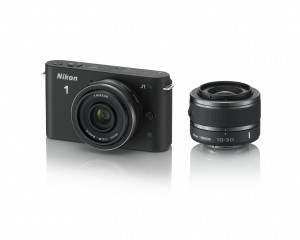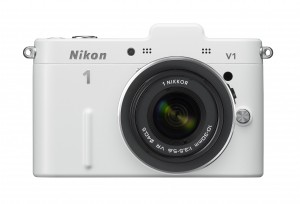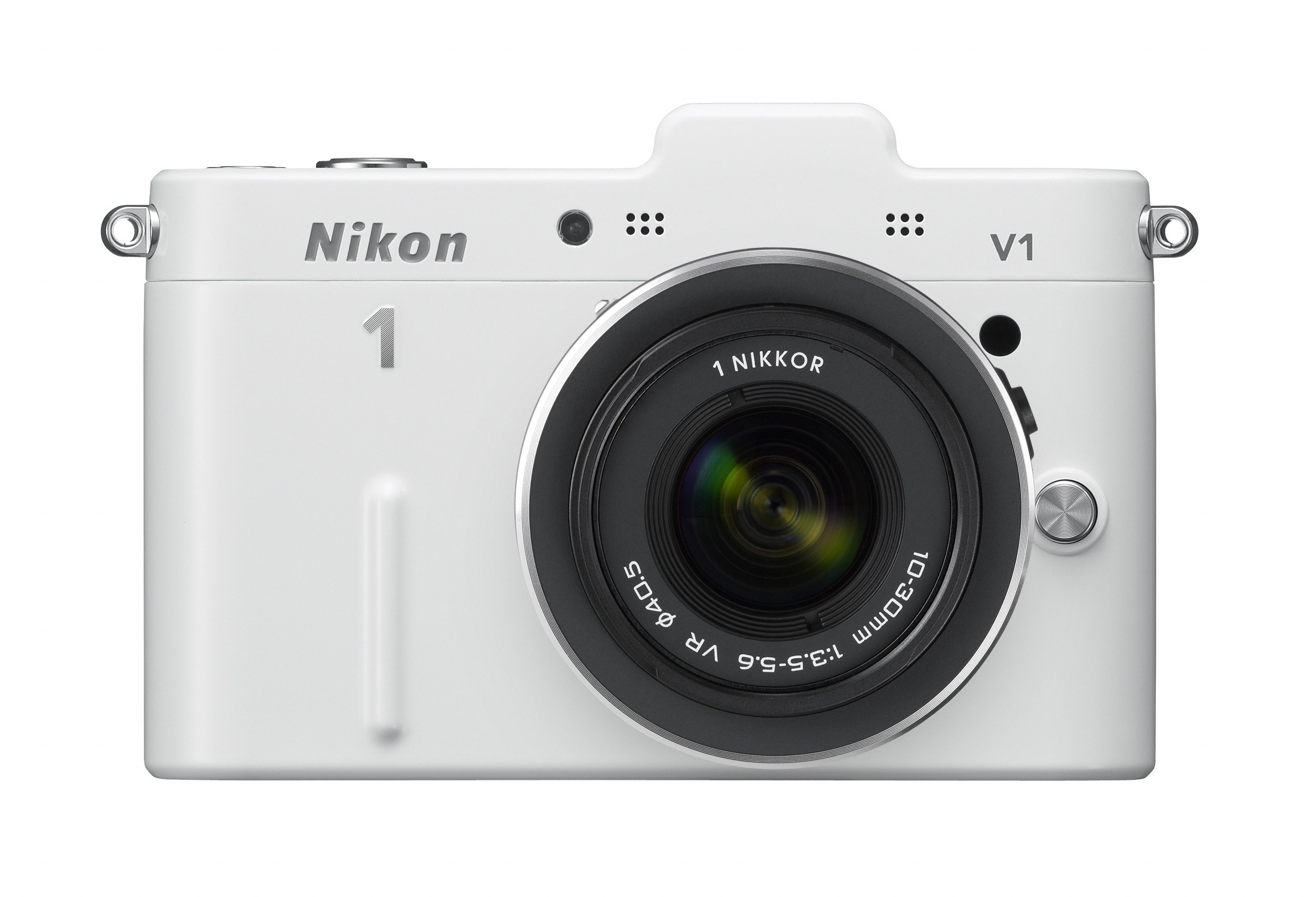Sydney, September 21, 2011 – Nikon today announced the new Nikon 1 range of Mirrorless Interchangeable Lens Cameras (MILC), comprising the J1 and V1 bodies. They’re claiming these to be the fastest cameras in the world, and a new camera system.
MILCs are cameras that offer many of the advantages of the larger DSLR cameras, such as a large sized image sensor (essential for better quality images), and the ability to swap lenses in order to select one that better suits the shooting conditions, but at the same time the design offers the users the advantages of a very compact form factor, one which is of light weight and can be easily carried around in a pocket rather than a hefty camera bag. By eliminating the bulky mirror box and mechanism from the camera’s design, manufacturers are able to make the camera body much thinner and lighter. It’s also a simpler design, with less moving parts to contend with, and potentially, it can also lead to a higher performance camera.

Here’s what you really need to know about the Nikon 1 system announced today:
First of all, the build quality feels superb. The cameras feel wonderful in the hand, and they have a quality feel that I’ve not experienced in any camera in very long time.
The body size is small, but not too small . These seem to be the same size as the older, compact film cameras that Nikon used to make, albeit not as deep(thick). The actual camera and sensor format is being referred to as the CX format, complementing Nikon’s existing DX and FX formats.
These are designed to be simple to use, with a new user interface (UI) and a new image processing engine. Nikon’s UI designs have always been class leaders, and first impressions here are that they are continuing that tradition.
The cameras feature pre- and post- capture imaging, which essentially means that those images that you previously may have missed because you pressed the shutter button too late or early may now be able to be captured ans saved.
For the video shooters amongst us, there’s now full HD video, for up to 20 minutes of continuous shooting. There’s also some slow motion options available, include the ability to shoot at up to 1200 frames per second for slow motion special effects. And while you’re shooting your video, you can also shoot up to 20 still images, at the same time. And there’s a counter in the viewfinder which lets you know how many more you can still shoot.

The sports shooters amongst us can shoot rapid fire sequences at 60 frames per second(fps) with each frame individually focused. When you understand that professional cameras might not shoot more than about 13 fps, you can begin to understand just how fast this sort of camera is. This sort of high performance is made possible through the use of an electronic shutter. This should also help with shooting in high speed flash situations, but I’ve not yet been able to fully understand the camera’s capabilities in this regard. Suffice to say that 60fps is going to present some very interesting creative situations to photographers.
Lenses include a 10mm f/2.8, a 10-30, and 30-100 for stills, as well as a 10-110 especially for video use. Vibration reduction is also built in to each lens, to help remove the “shakes” from your shooting. this can be especially noticeable at longer focal lengths. There’s also an adaptor to take the standard Nikon F-mount lenses.
With the new CX format having a crop factor of 2.7, using older lenses (perhaps from your existing Nikon lens collection) can be a very inexpensive way to shoot in long telephoto mode.
The V1 has an electronic eye-level viewfinder that’s bright and seems responsive. There’s very little lag following putting the camera up to your eye.
While I am not a fan of coloured camera bodies, I do have to say that the white bodies and lenses look to be a very attractive option. I am looking forward to getting a review unit from Nikon, so that I can give this a real run through.
